Join the Leading Global Eye Health Alliance.
MembershipThe Gender Equity Work Group has identified tools that can support the planning, implementation, monitoring and evaluation of eye health programmes. Proper programme design is the key to developing gender sensitive, gender responsive and gender transformative eye health programmes, which is why this section of the toolkit focuses on resources for gender analysis and gender-responsive budgeting.
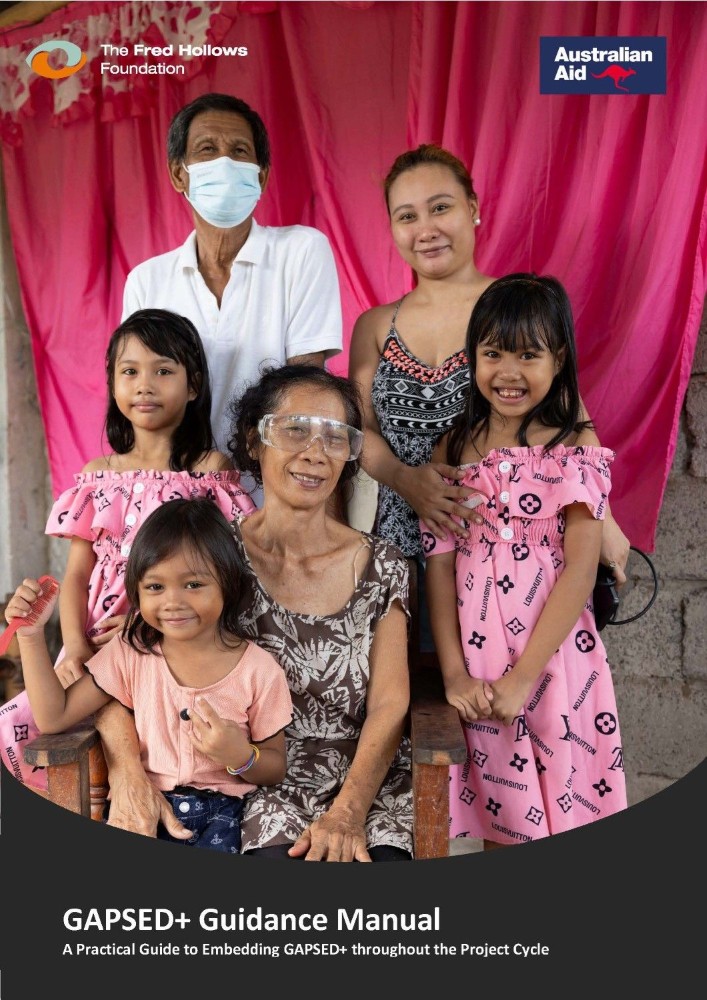
The Fred Hollows Foundation has launched their GAPSED+ Guidance Manual! This essential resource will help users embed equity-focused approaches so programmess are more inclusive and responsive to the needs of marginalised communities.
It will:
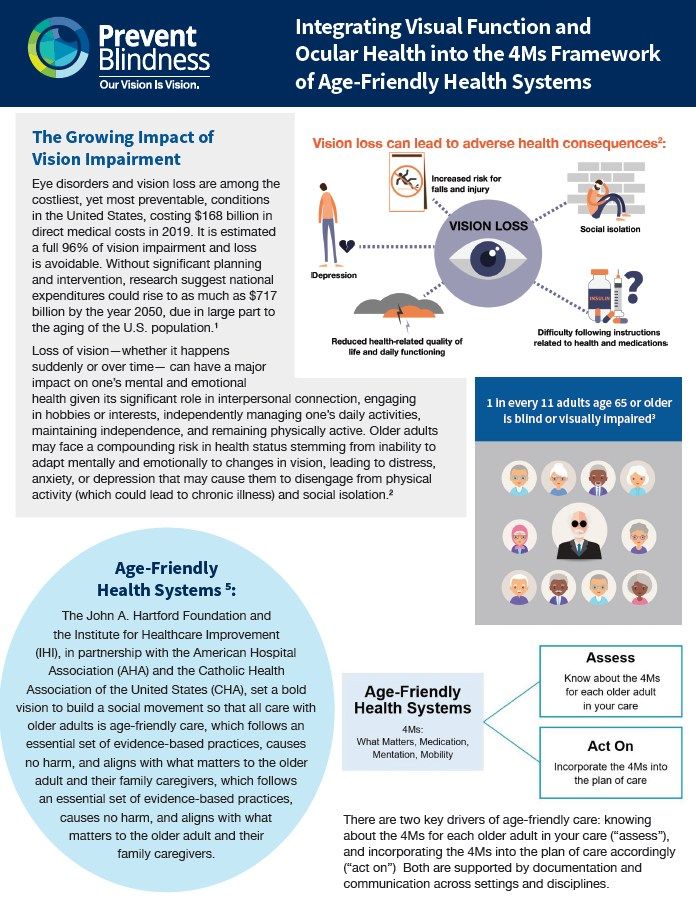
This resource from Prevent Blindness outlines how integrating ocular health into the 4Ms Framework — What Matters, Medication, Mentation, and Mobility—can improve care for older adults.
Vision loss is prevalent, costly, and often preventable, with significant effects on mental health, independence, and physical activity.
This resource highlights that asking targeted questions about eye comfort, function, medication use, and vision-related mobility challenges can support age-friendly care. It encourages incorporating vision assessments into routine care and suggests practical accommodations to support visual functioning and reduce risks like falls.
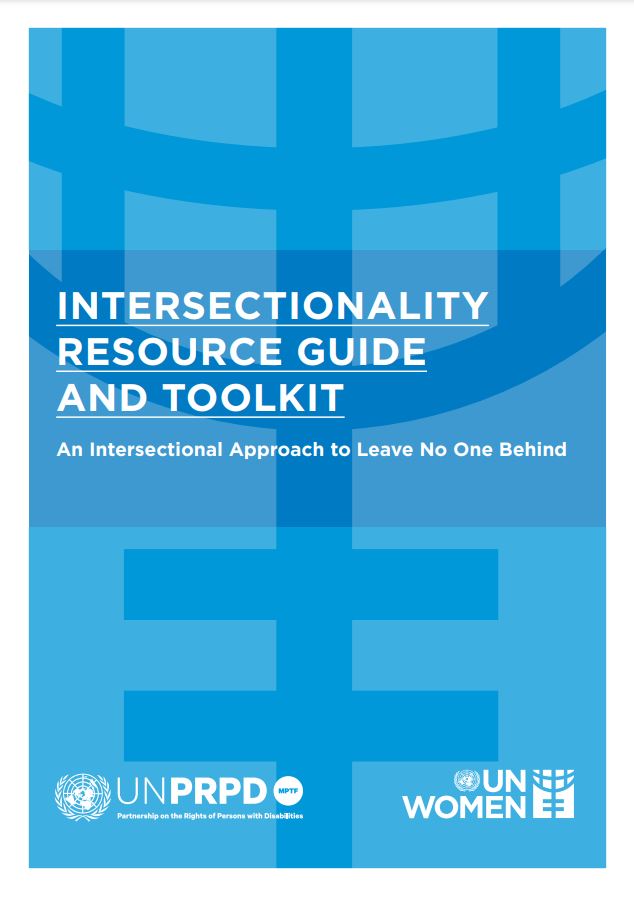
This Resource Guide and Toolkit offers a starting point for those wishing to deepen their understanding and apply an intersectional approach to their work. It aims to provide conceptual clarity, a practical framework and tools for reducing compounded and intersecting inequalities faced by people experiencing diverse and compounded forms of discrimination. Its purpose is to:
This Resource Guide and Toolkit is comprised of eight enablers and a framework for action that helps the user to reflect and identify actions that can be taken to address intersectionality.
[View the guide here]
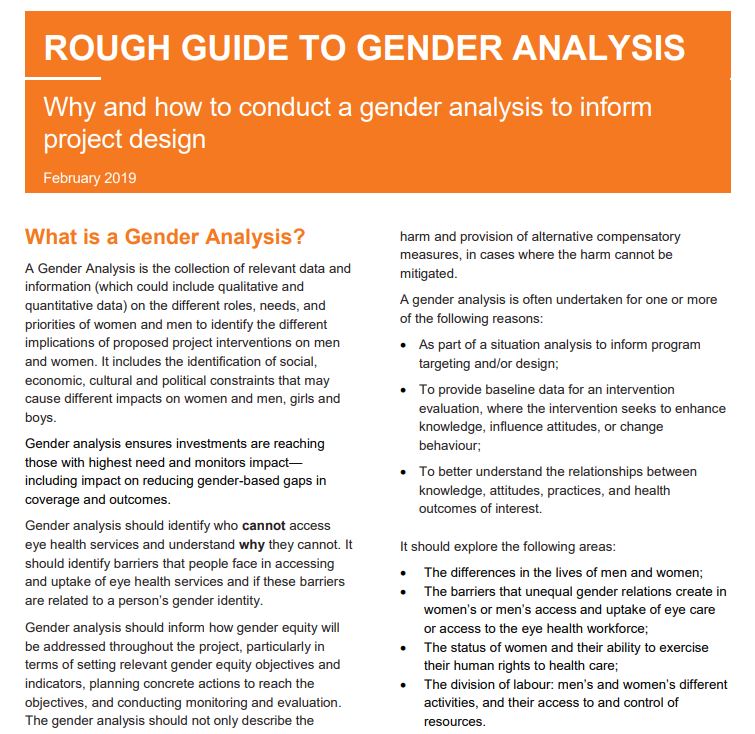
The first step to make your eye health programme gender sensitive, gender responsive or even gender transformative is to conduct a gender analysis. With this rough guide developed by the Fred Hollows Foundation you will get a good understanding of what a gender analysis is, why you need to conduct one and how you can do so. It includes practical tools for conducting your gender analysis, such as Terms of Reference for a Gender Analysis.
[View the guide (PDF) here]
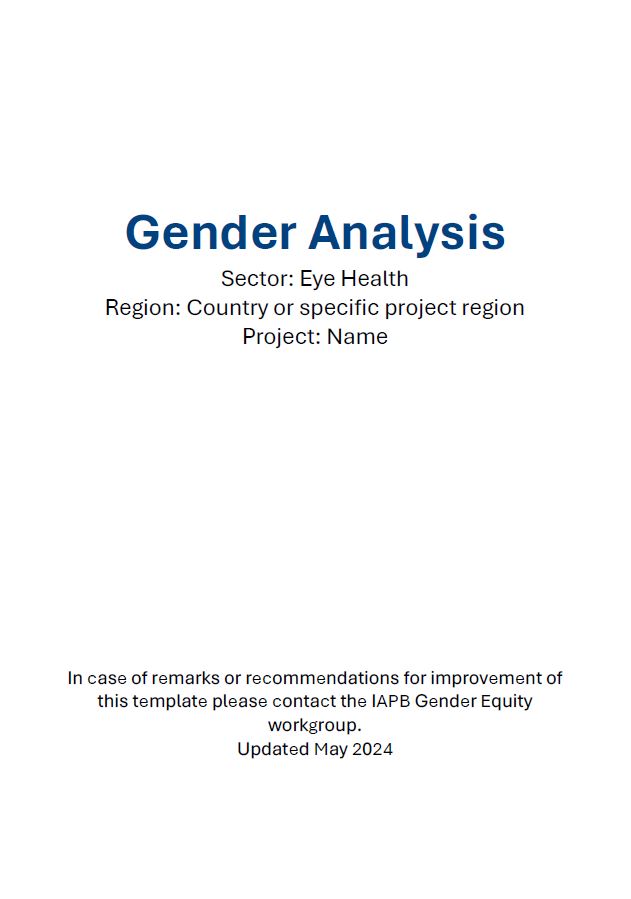
Based on the tools above, a draft template for a Gender Analysis in Eye Health is available, already including some global data. Remember to adapt your gender analysis to the local context. If you have feedback on the tool, please send it to the Gender Equity Work Group.
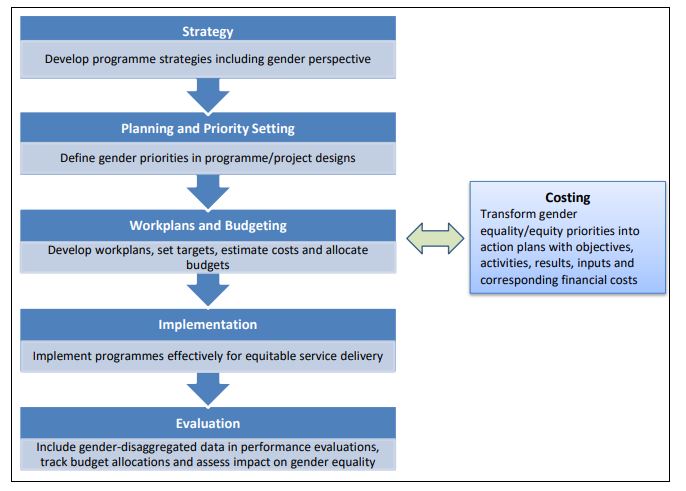
The tool facilitates the teams in understanding what gender-responsive budgeting is, why it is done and the process involved in developing gender-responsive budgets.
The tool is derived from the “Handbook on Costing Gender Equality” published by UN Women, which draws on experiences and lessons from their global programme. The tool also utilises “Gender Responsive Budgeting in Asia and the Pacific” published by the United Nations Economic and Social Commission for Asia and the Pacific.
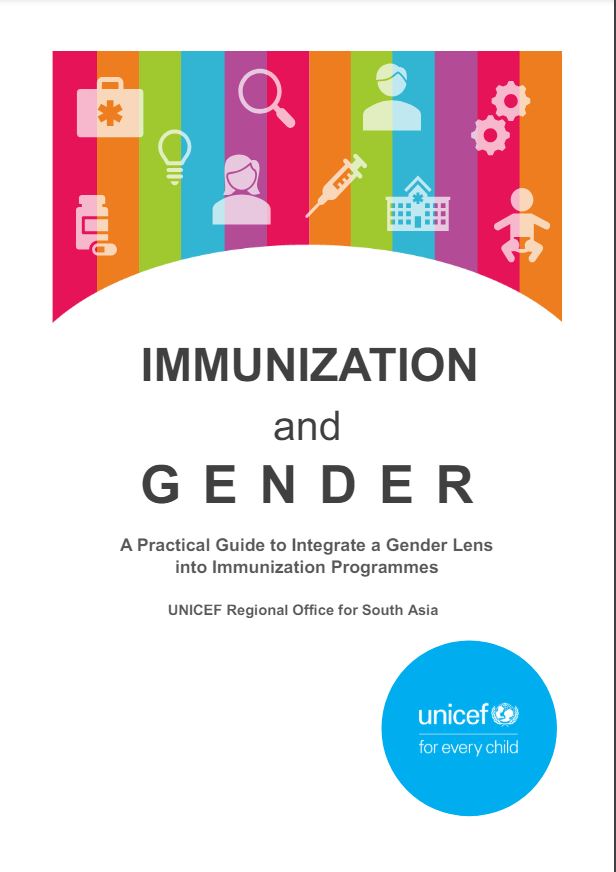
This guidance is a practical resource to help programmes in South Asia to plan and integrate the diverse needs, capacities and engagement of girls and boys, women and men in immunization programmes and outcomes. The approaches can be considered and adapted in the context of eye health.
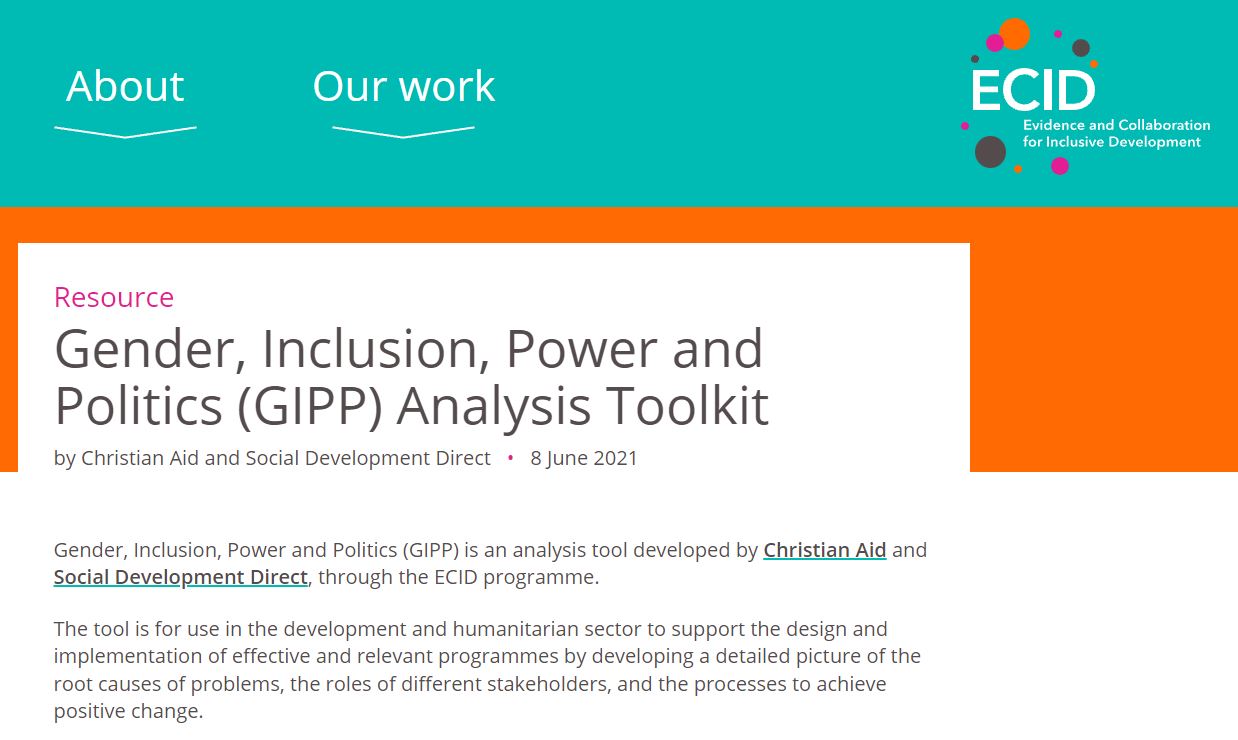
SDDirect, Christian Aid and the Evidence and Collaboration for Inclusive Development (ECID) programme launched their Gender, Inclusion, Power and Politics (GIPP) Analysis Toolkit which aims to embed gender equality, inclusion and power analysis into the locally-driven political economy analysis.
As a programming tool, it can help the development of a detailed picture of the root causes of problems, the roles of different stakeholders, and the processes to achieve positive change.
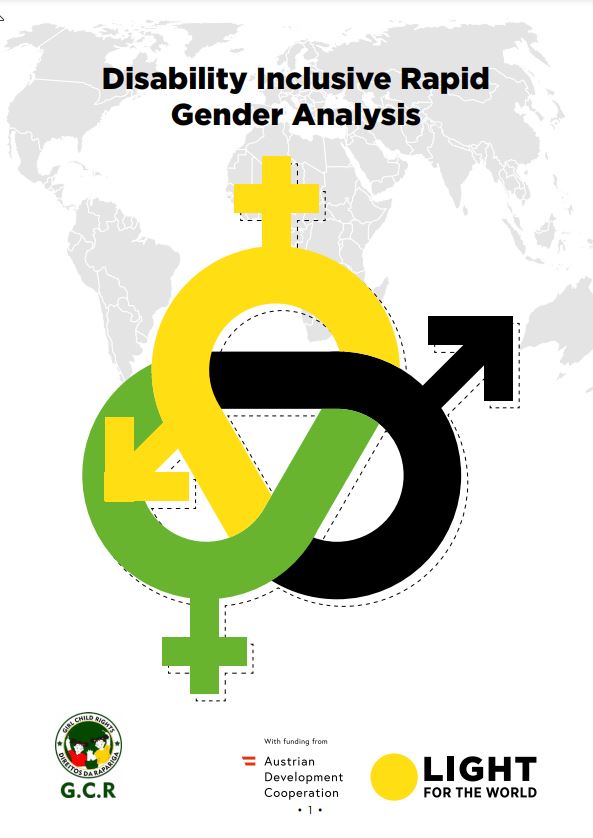
A Rapid Gender Analysis (RGA) provides information about the different needs, capacities and coping strategies of women, men, girls and boys in a crisis situation. Results of a Rapid Gender Analysis are available quickly and are used to design the humanitarian response planning.
In crisis situations, eye health programmes are also affected, so the RGA can applied through an eye health lens.